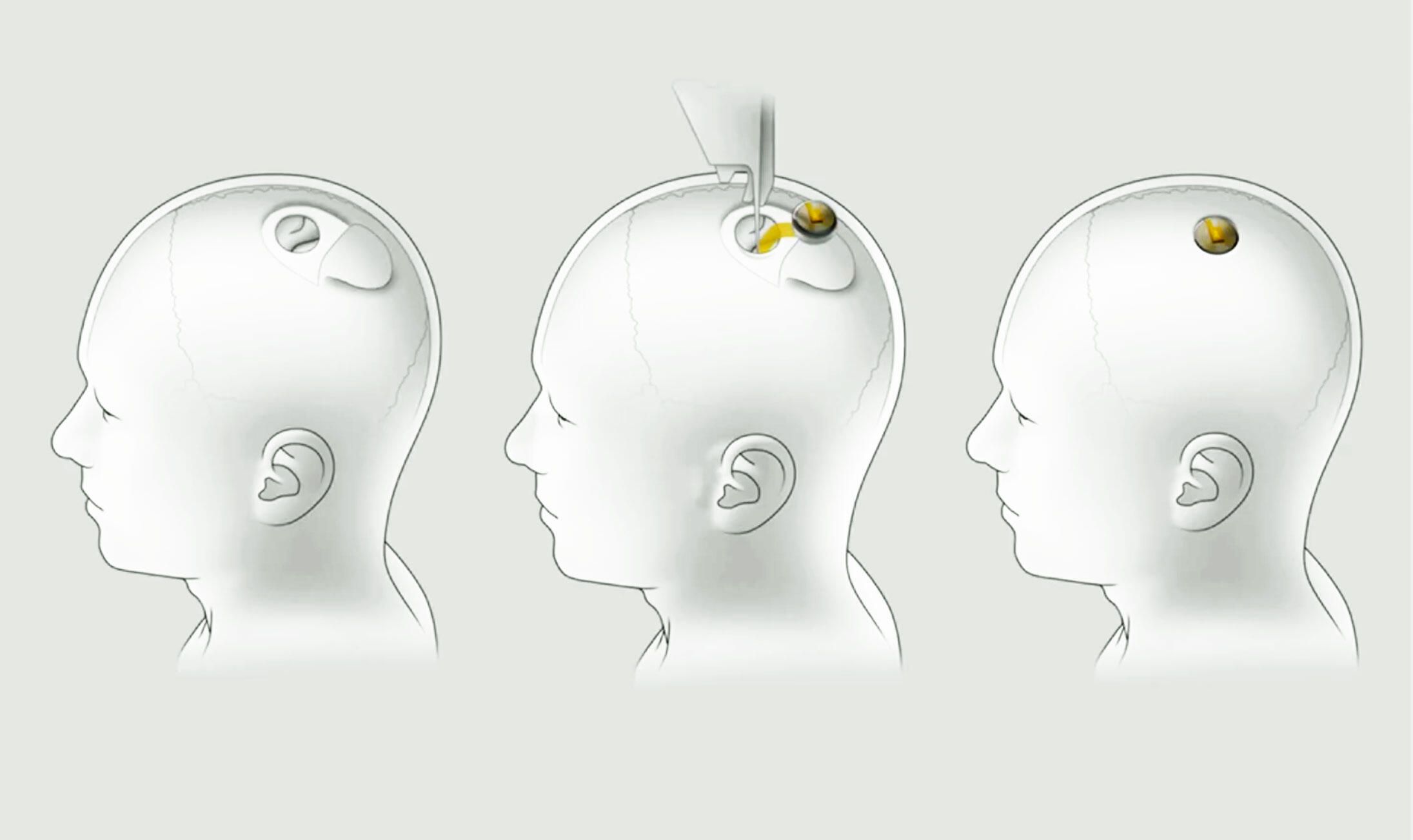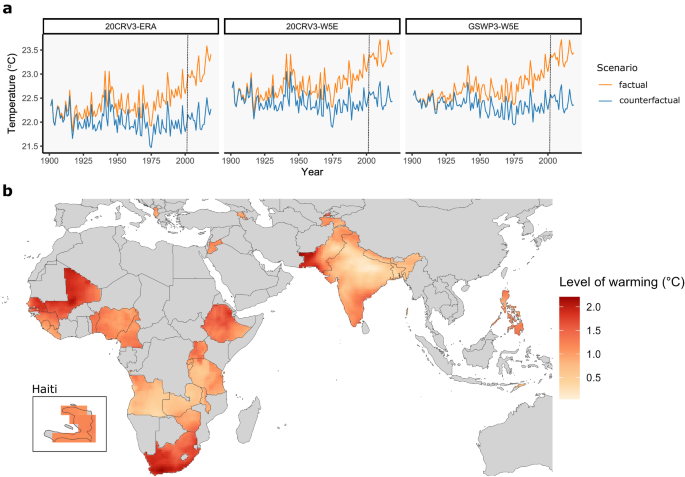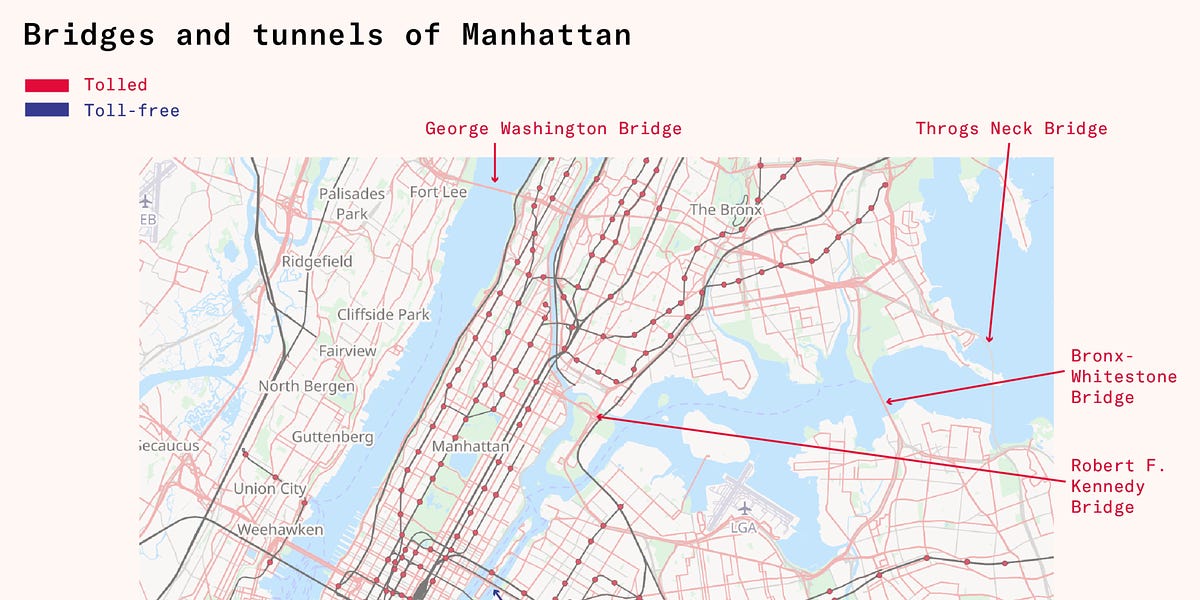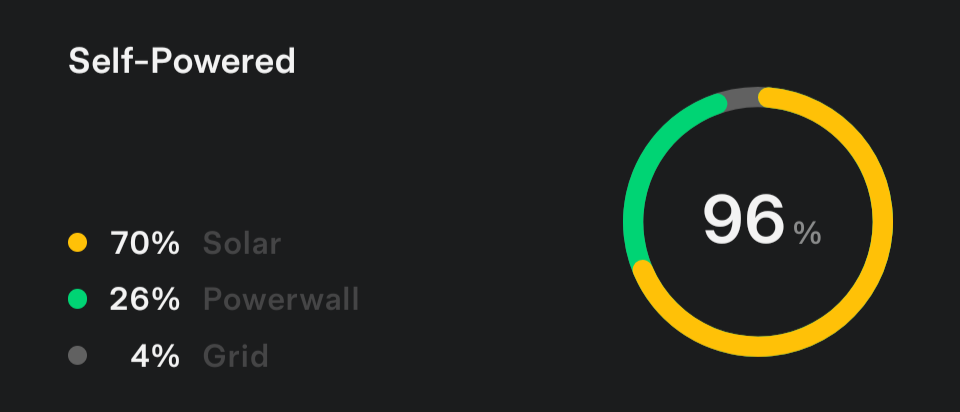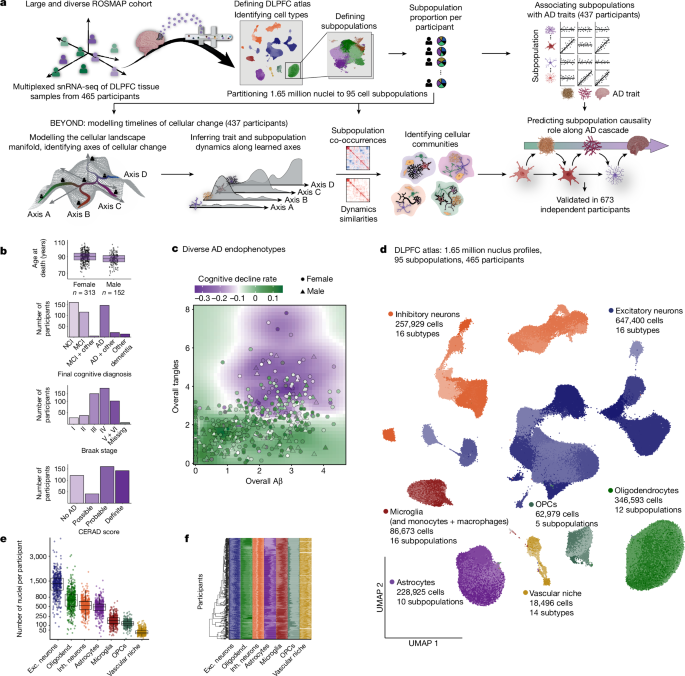
Cellular communities reveal trajectories of brain ageing and Alzheimer’s disease
Alzheimer’s disease (AD) has recently been associated with diverse cell states1,2,3,4,5,6,7,8,9,10,11, yet when and how these states affect the onset of AD remains unclear. Here we used a data-driven approach to reconstruct the dynamics of the brain’s cellular environment and identified a trajectory leading to AD that is distinct from other ageing-related effects. First, we built a comprehensive cell atlas of the aged prefrontal cortex from 1.65 million single-nucleus RNA-sequencing profiles sampled from 437 older individuals, and identified specific glial and neuronal subpopulations associated with AD-related traits. Causal modelling then prioritized two distinct lipid-associated microglial subpopulations—one drives amyloid-β proteinopathy while the other mediates the effect of amyloid-β on tau proteinopathy—as well as an astrocyte subpopulation that mediates the effect of tau on cognitive decline. To model the dynamics of cellular environments, we devised the BEYOND methodology, which identified two distinct trajectories of brain ageing, each defined by coordinated progressive changes in certain cellular communities that lead to (1) AD dementia or (2) alternative brain ageing. Thus, we provide a cellular foundation for a new perspective on AD pathophysiology that informs personalized therapeutic development, targeting different cellular communities for individuals on the path to AD or to alternative brain ageing.
snRNA-seq data and analysis output are available at the AD Knowledge Portal (https://adknowledgeportal.org). The AD Knowledge Portal is a platform for accessing data, analyses and tools generated by the Accelerating Medicines Partnership (AMP-AD) Target Discovery Program and other National Institute on Aging (NIA)-supported programs to enable open-science practices and accelerate translational learning. The data, analyses and tools are shared early in the research cycle without a publication embargo on secondary use. Data are available for general research use according to the following requirements for data access and data attribution (https://adknowledgeportal.org/DataAccess/Instructions). Access to the content described in this Article is available online: the Synapse database for raw and processed snRNA-seq data (https://www.synapse.org/#!Synapse:syn31512863); the online portal for data browsing (https://github.com/naomihabiblab/BEYOND_DLPFC); the Synapse database for bulk RNA-seq dataset (https://www.synapse.org/#!Synapse:syn3388564); and the Synapse database for the spatial transcriptomics (Visium) dataset (https://www.synapse.org/#!Synapse:syn62110225). Other ROSMAP resources can be requested at the RADC Resource Sharing Hub (https://www.radc.rush.edu). Source data are provided with this paper.

